Mathematics
What Does Maths Look Like at Windwhistle?
Here at Windwhistle, our intent is to ensure that all children develop the necessary skills and knowledge to be confident, competent mathematicians. We also want our children to foster a love and enjoyment of maths and to develop an understanding that maths is used in various aspects of life, not just in schools
We do this by:
- Ensuring that teachers and pupils use full sentences to express their mathematical thinking and reasoning confidently.
- Teaching lessons using the concrete, pictorial, abstract (CPA) pedagogical approach to secure a deep and sustainable understanding
- Working to ensure that all pupils are fluent in the fundamentals of mathematics (number facts and multiplication tables to 12 x 12)
- Providing professional development to staff to ensure that they have strong subject knowledge within the subject, including possible misconceptions and how to mitigate against the risk of potential failure
The Mastery Approach
“Many people think that some students can work to high levels and some cannot because of the brains they are born with, but this idea has been resoundingly disapproved. Study after study has shown the incredible capacity of brains to grown and change within a remarkably short period of time.”
– Professor Jo Boaler, Stanford University
We adopt a mastery approach to teaching maths at Windwhistle:
- Mathematics teaching for mastery assumes everyone can learn and enjoy mathematics.
- Mathematical learning behaviours are developed so that pupils focus and engage fully as learners who reason and seek to make connections.
- Teachers continually develop their specialist knowledge for teaching mathematics, working collaboratively to refine and improve their teaching.
- Curriculum design ensures a coherent and detailed sequence of essential content to support sustained progression over time
The Essence of Mathematics Teaching for Mastery
The Five Big Ideas
The NCETM have drawn upon research to identify five big ideas that are key to successfully adopting a mastery approach to teaching maths. In a typical maths lesson at Windwhistle, the five big ideas are key in our approach to the teaching of maths:
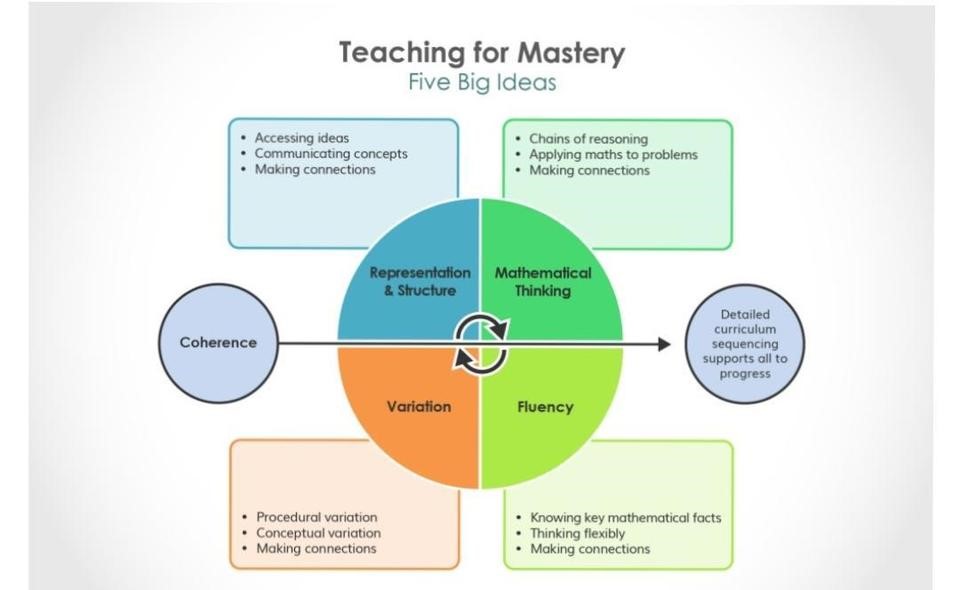
What this looks like for us?
EYFS
The main maths curriculum in EYFS is the Boolean-Led ‘Mastering Number’ programme which is sequenced for progression and depth. We develop this learning by exposing children to the same thinking across a range of different contexts. We further encourage learning to be deepened by asking children to represent their mathematical thinking in other ways. For example, through talk, manipulatives, pictures or symbols. We will enhance our provision by ensuring that the mathematical area, in the classroom, supports learning and development of what is being taught. This will include mathematical books that will have been read to children. In addition, children have separate lesson once a week which focuses on the concepts of shape, space and measure, helping to secure their understanding in these areas. We will also ensure that children have time to consolidate and apply their knowledge, concepts and skills, particularly in term 6, to ensure a smooth and effective transition into Year 1. Mastering Number is programme that is now part of the maths curriculum from reception, all the way through to Year 5, supporting children with a consistent programme of familiarity in its approach.
Years One to Six
In Years One to Six, we use White Rose mastery scheme as our primary teaching tool for maths. White Rose is influenced, inspired and informed by the work of leading maths researchers and practitioners across the world and brings together a team of highly experienced and passionate maths teaching experts to train, guide, help and support schools. Our teachers are receiving ongoing CPD and support from a Boolean maths specialist as part of our journey to mastery. The curriculum for each year group can be seen here:
Year One
 Year Two
Year Two
 Year Three
Year Three 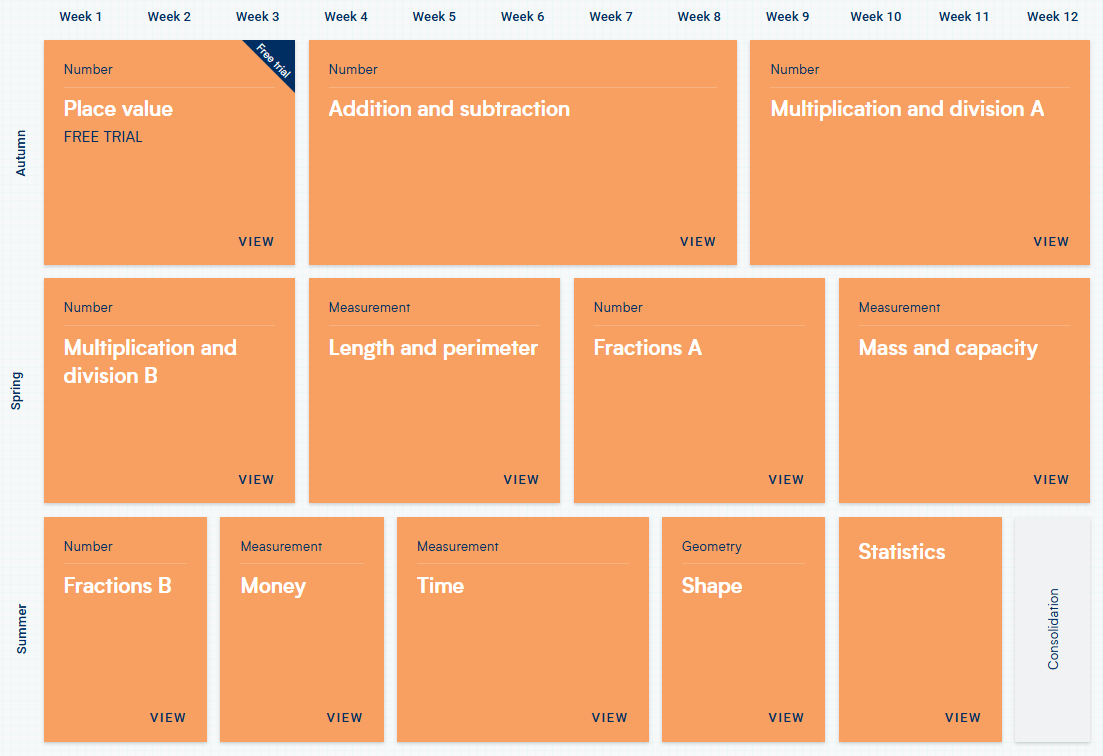
Year Four 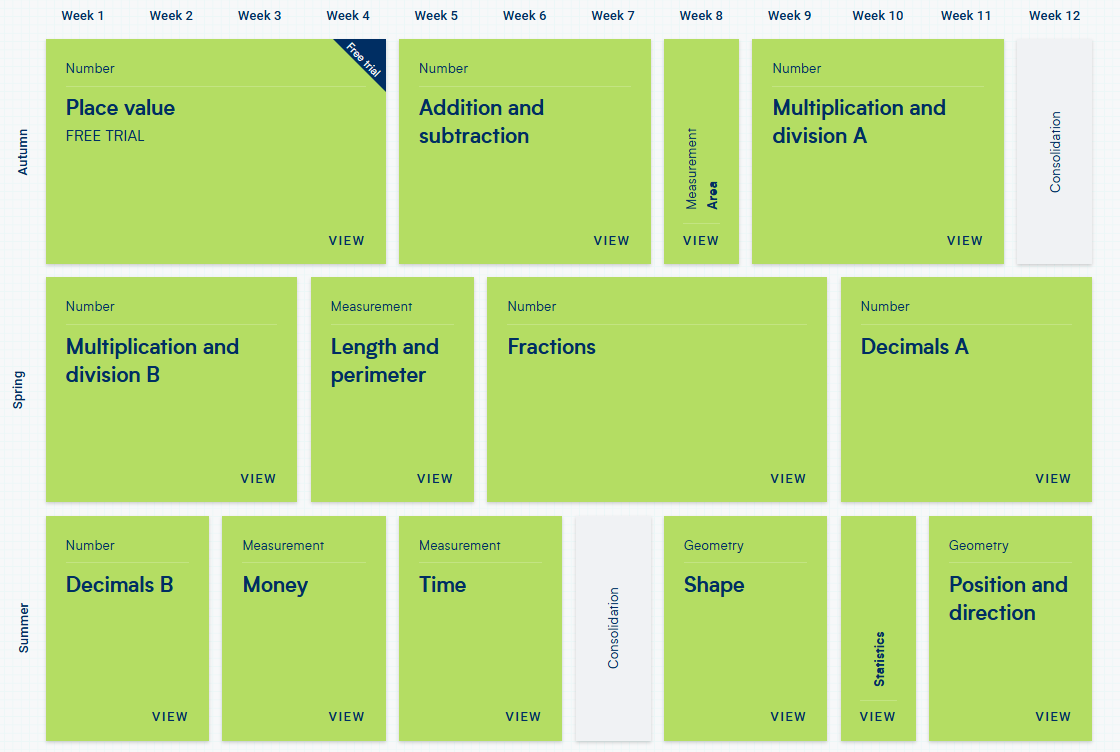
Year Five 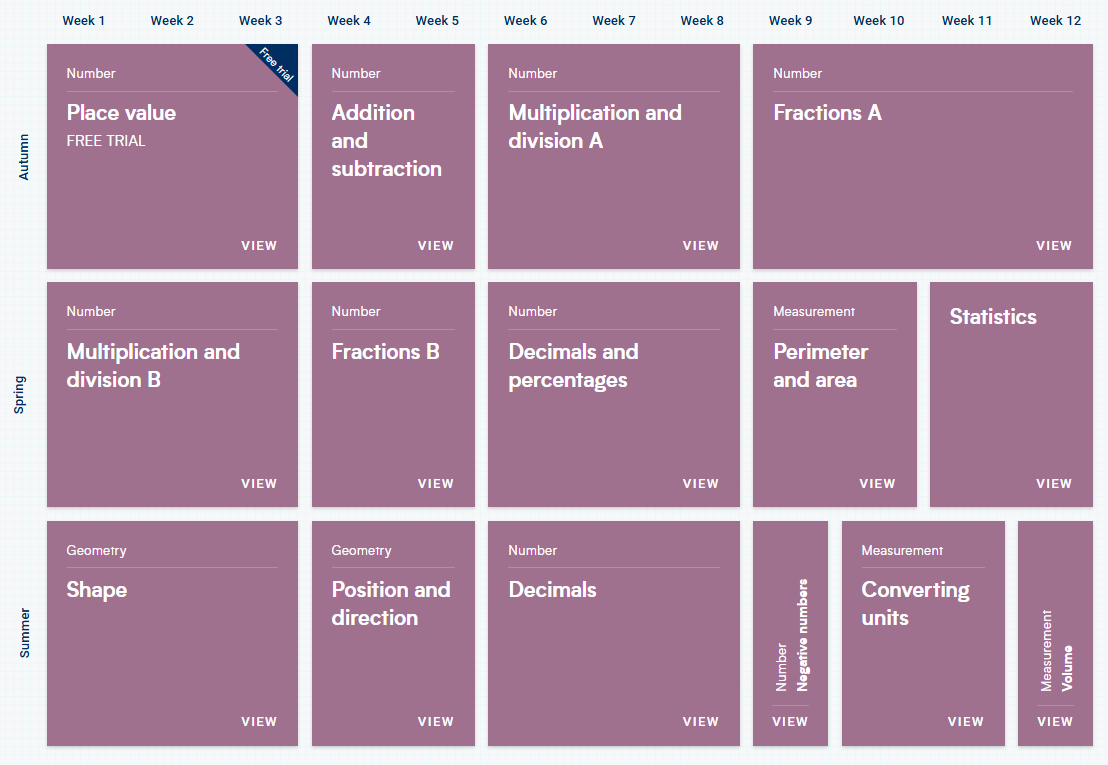
Year Six
 Mastering Number
Mastering Number
As previously mentioned, to further support learning of the fundamentals of maths, we also use Mastering Number throughout Years One to Six, in addition to our maths curriculum. Mastering Number aims to secure firm foundations in the development of good number sense for all children from Reception through to Year 1 and Year 2. The aim over time is that children will leave KS1 with fluency in calculation and a confidence and flexibility with number. Attention will be given to key knowledge and understanding needed in Reception classes, and progression through KS1 to support success in the future.
As children then move into Year 3, the Mastering Number programme focuses on really securing additive facts and the conceptual understanding of addition and subtraction. This builds upon and extends the learning that the children have secured throughout their journey in KS1. As the children move into Years 4 and 5, Mastering Number then focuses on multiplicative relationships and understanding. The programme focusses on securing the conceptual understanding of multiplication before moving onto securing the key times tables facts before the end of Year 4. The programme then moves onto division and incorporating multiplication and division into a wider range of contexts, such as fractions and decimals, by the end of Year 5.
More information can be found here:
Mastering-number-at-reception-and-ks1
Mastering-number-at-ks2

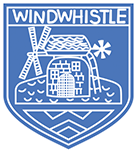


 ↑
↑